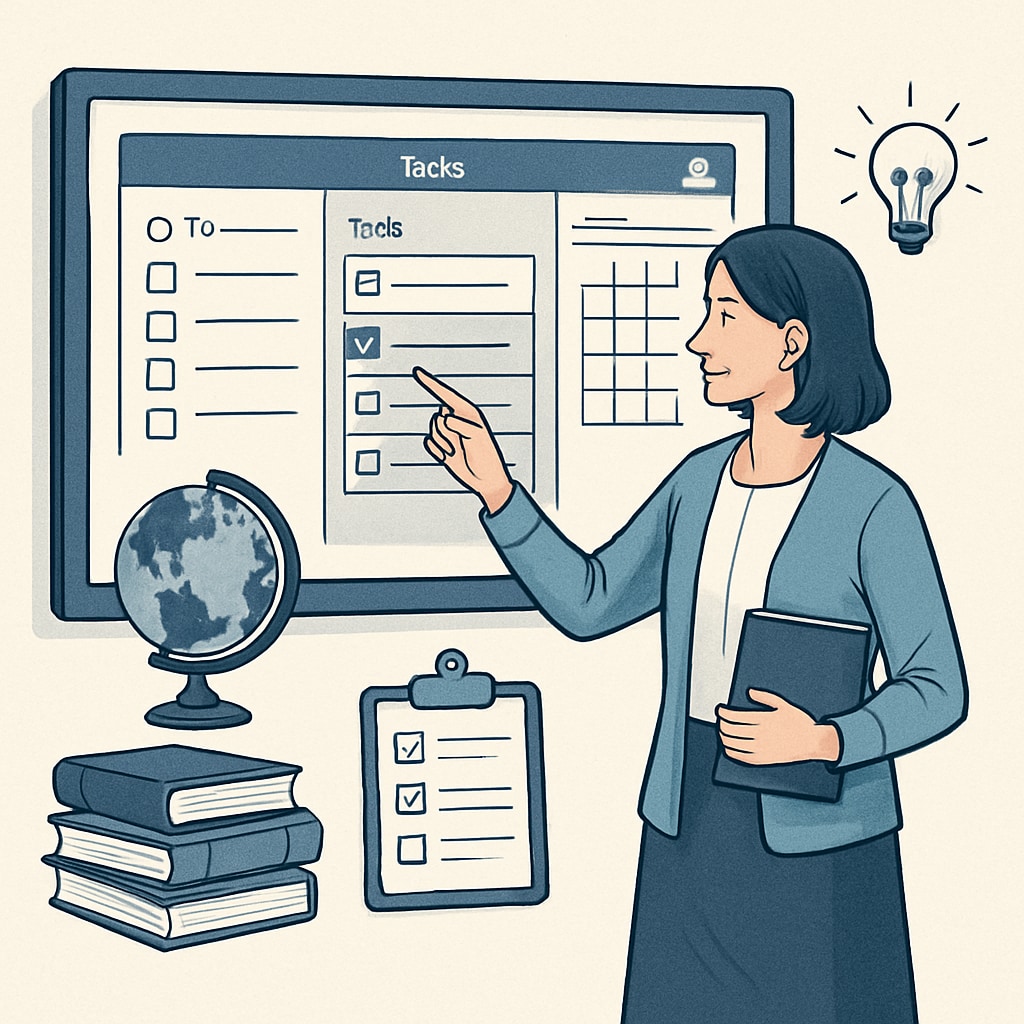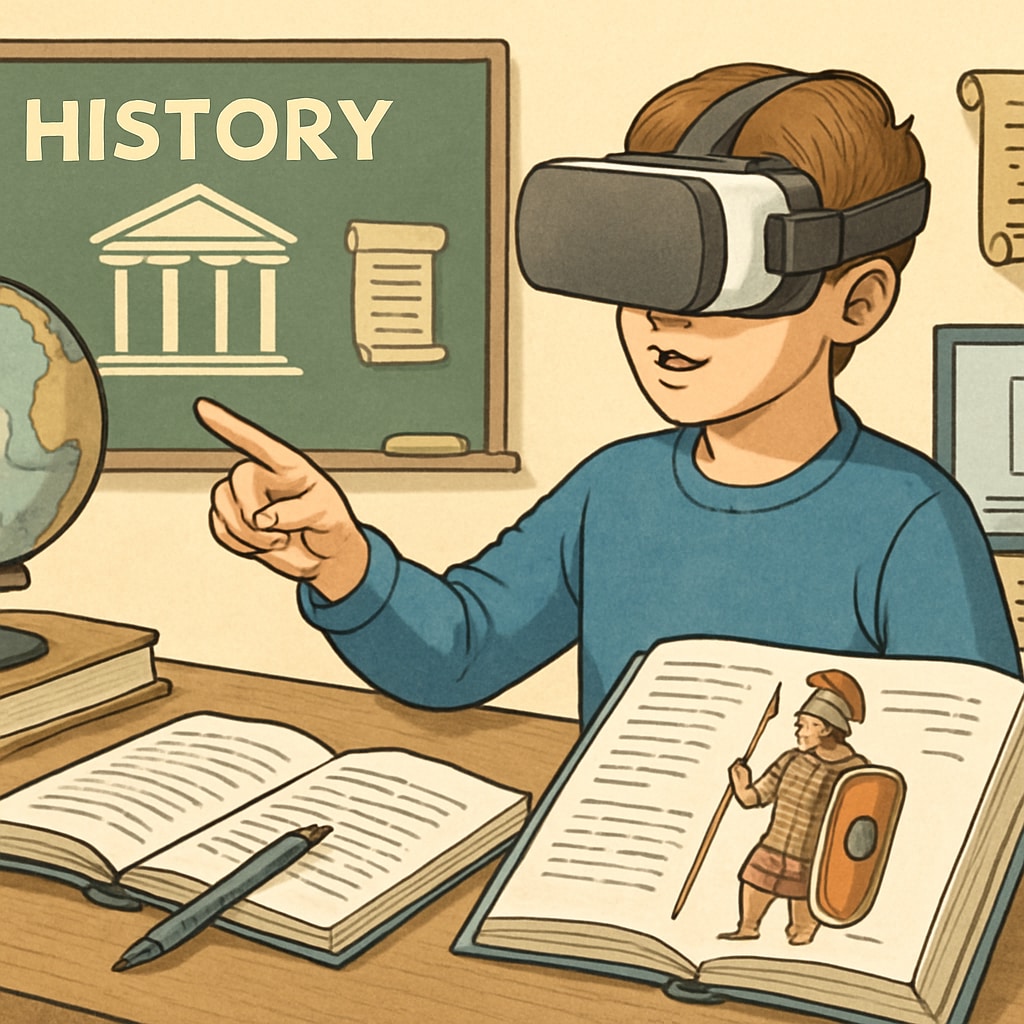In the dynamic world of education, addressing the “educational pain points, tool needs, and feedback from students and teachers” is essential to foster meaningful learning experiences. K12 education, a critical phase in a student’s academic journey, often reveals gaps in tools and resources required to support both educators and learners. This article dives into the day-to-day challenges faced by teachers and students, evaluates the shortcomings of existing educational tools, and proposes innovative solutions based on valuable feedback.
Daily Challenges in K12 Education
The K12 education sector is riddled with challenges that impede effective teaching and learning. Teachers often struggle with administrative burdens, such as grading and lesson planning, which divert their focus from student engagement. Meanwhile, students face issues like lack of personalized learning paths and difficulties in accessing appropriate resources. These issues are compounded by the growing diversity in classroom needs, making it harder to cater to individual learning styles.
For example, a study by Britannica highlights that many teachers spend over 40% of their time on non-teaching tasks. This inefficiency not only affects teaching quality but also contributes to burnout among educators. On the other hand, students often cite the absence of interactive and adaptive learning tools as a major barrier to their academic progress.
Gaps in Current Educational Tools
Despite the proliferation of educational technology, many tools fail to address the real needs of classrooms. Several existing solutions lack user-friendly interfaces, leading to steep learning curves for both teachers and students. Moreover, many tools are not adequately integrated with curriculum requirements, making them less practical for day-to-day use.
Another significant shortcoming is the one-size-fits-all approach. Educational tools often fail to accommodate diverse learning abilities, resulting in disengaged students and unmet educational goals. For instance, adaptive learning platforms, while promising, are still in their infancy and often lack the customization necessary to truly benefit individual learners.

Feedback-Informed Innovation
To bridge these gaps, it is crucial to incorporate feedback from both students and educators. Teachers emphasize the need for tools that streamline administrative tasks, such as automated grading systems and integrated lesson planners. Students, on the other hand, seek platforms that offer gamified learning experiences and real-time feedback to keep them motivated.
Based on this feedback, the following innovations could revolutionize K12 education:
- Personalized Learning Platforms: Tools that adapt to individual learning paces and styles.
- AI-Powered Administrative Assistance: Automating repetitive tasks to free up teachers’ time.
- Enhanced Interactivity: Incorporating AR/VR to make learning more engaging and immersive.
- Data-Driven Insights: Analytics dashboards that help teachers understand student progress at a glance.
These innovations, when developed with direct input from users, can significantly enhance the effectiveness of educational tools. For example, platforms like EdTech on Wikipedia demonstrate the potential of technology to transform traditional teaching methods.

Conclusion: The Road Ahead
Addressing “educational pain points, tool needs, and feedback from students and teachers” is not merely a technological challenge but a collaborative effort. By placing educators and learners at the center of tool development, we can create solutions that truly empower K12 education. The future of learning lies in tools that are intuitive, adaptive, and designed to meet the unique needs of every classroom.
As we move forward, the integration of feedback-driven innovation will be vital in shaping the next generation of educational tools. Let us work towards an educational ecosystem where technology complements teaching, enabling both students and teachers to thrive.
Readability guidance: Short paragraphs, bullet points, and real-world examples are used to enhance clarity. Overuse of passive voice and long sentences is avoided for better readability.


